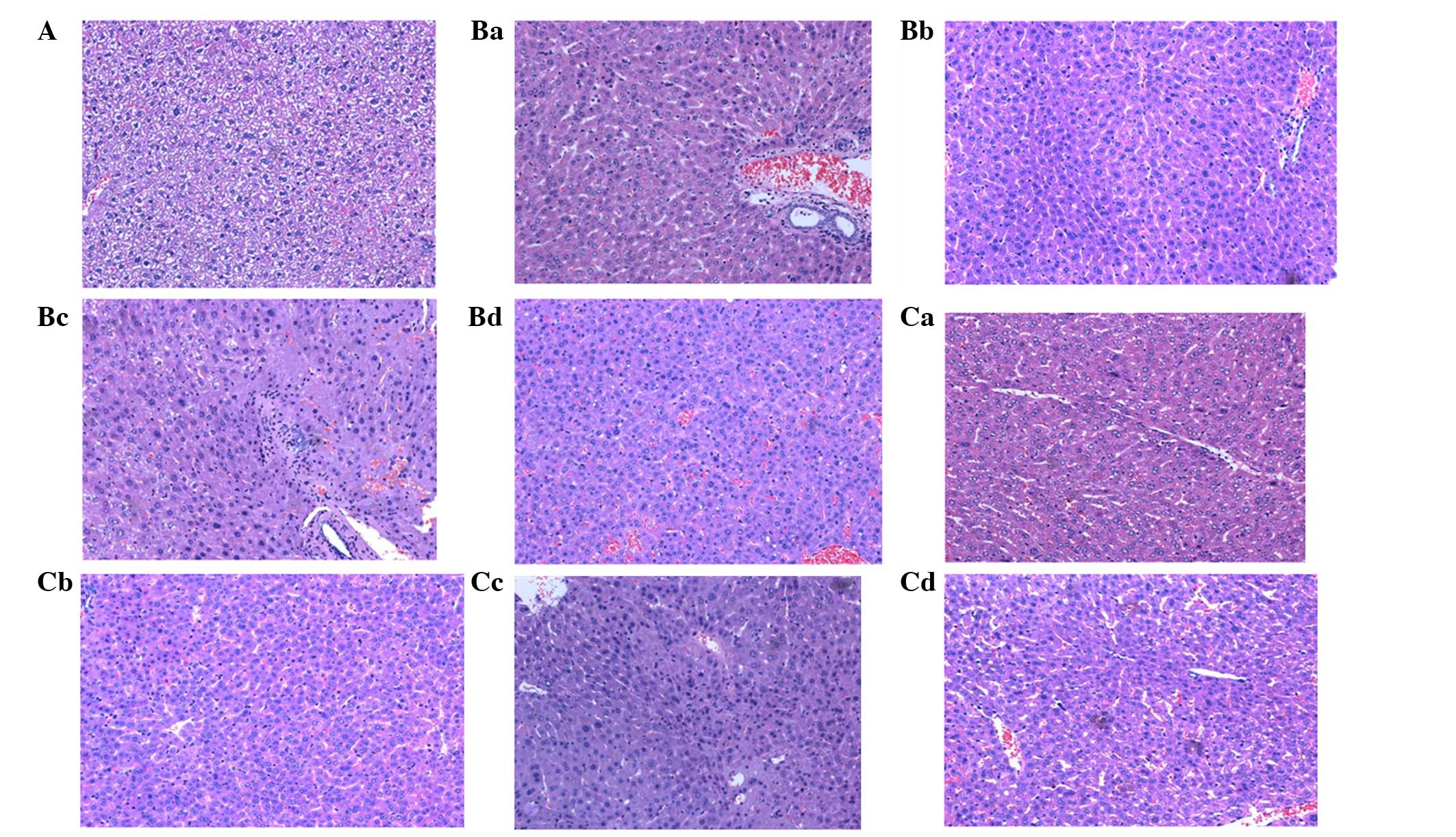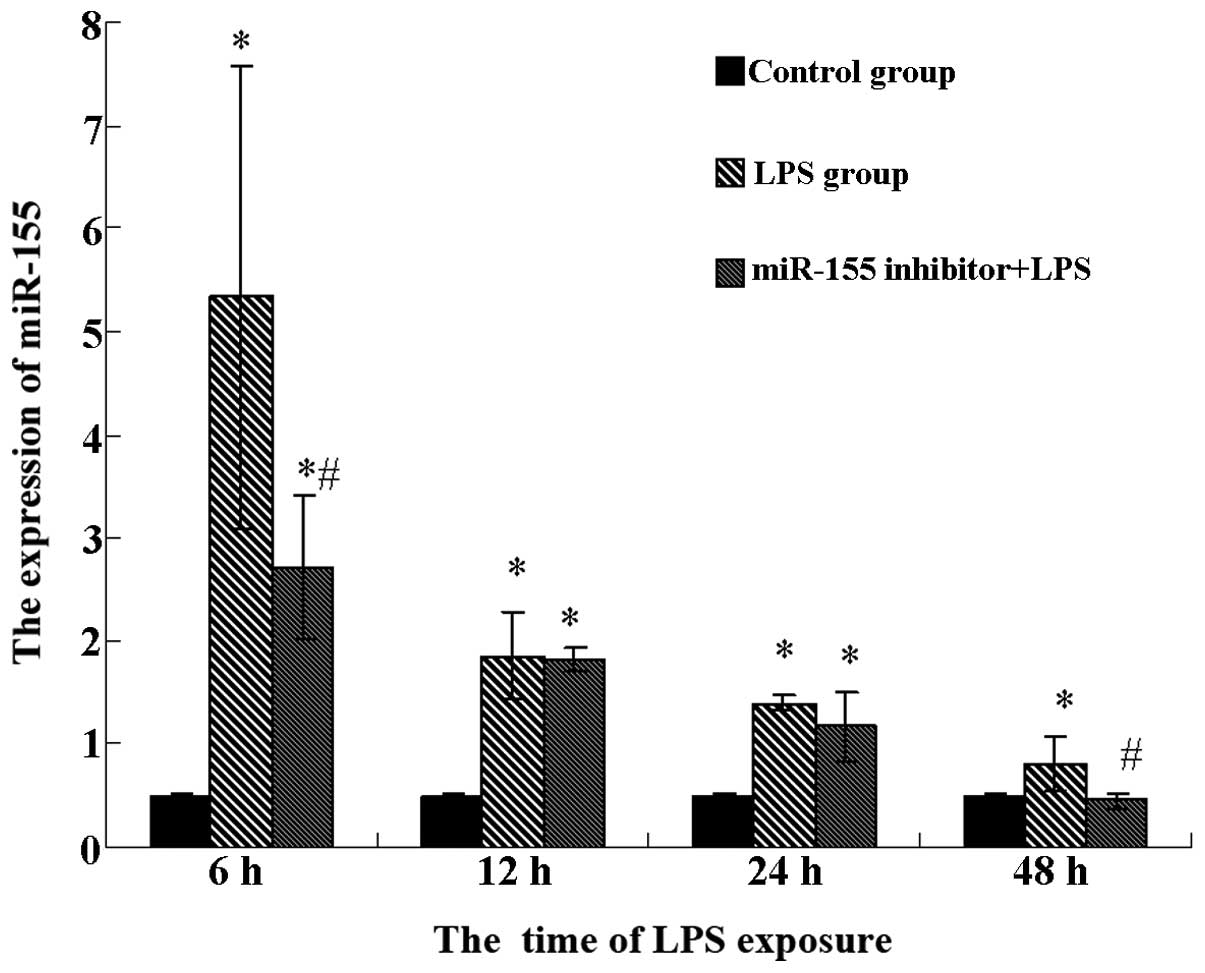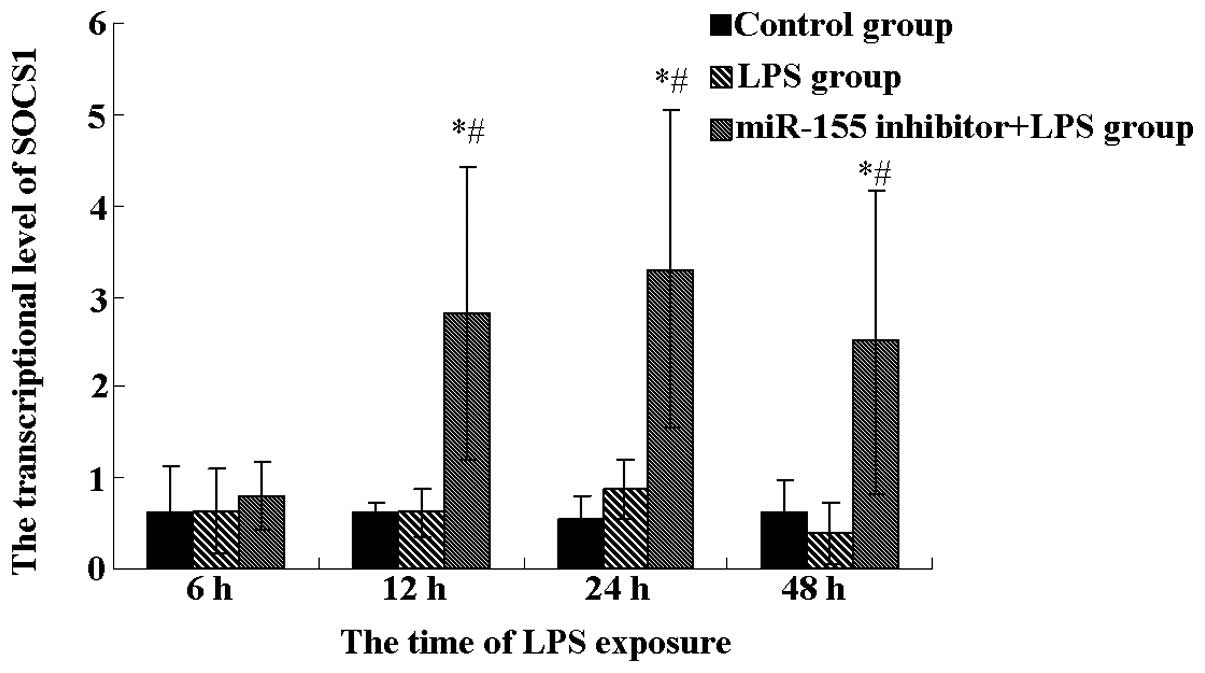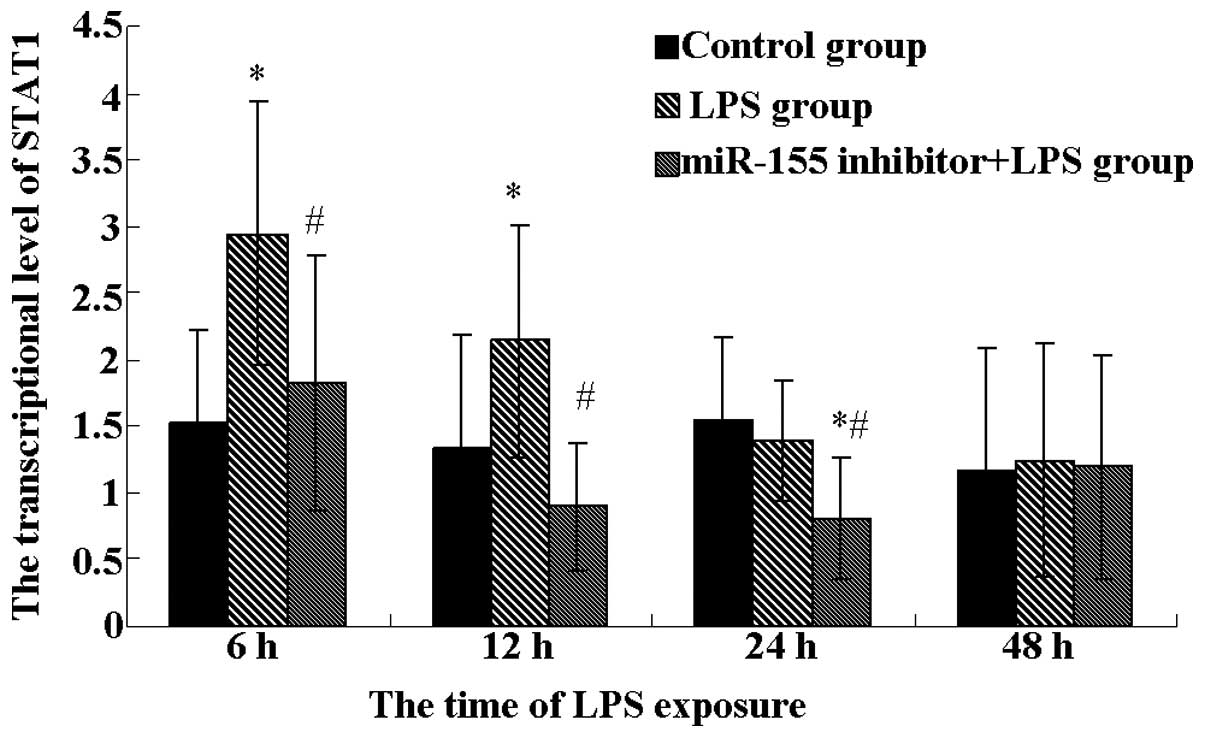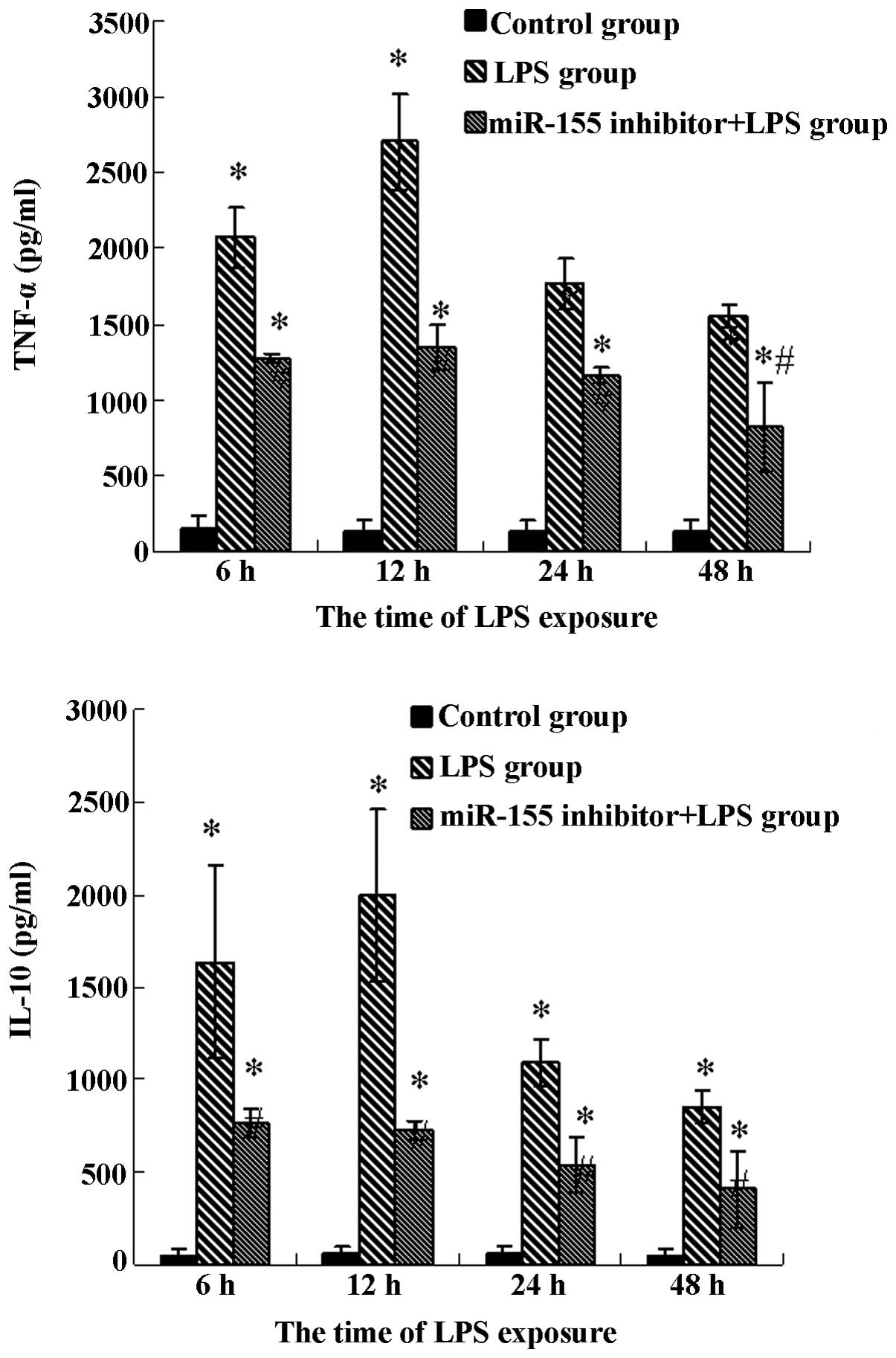|
1
|
Starr ME and Saito H: Sepsis in old age:
Review of human and animal studies. Aging Dis. 5:126–136.
2014.PubMed/NCBI
|
|
2
|
Antonelli M, Bonten M, Cecconi M, Chastre
J, Citerio G, Conti G, Curtis JR, Hedenstierna G, Joannidis M,
Macrae D, et al: Year in review in Intensive Care Medicine 2012.
II: Pneumonia and infection, sepsis, coagulation, hemodynamics,
cardiovascular and microcirculation, critical care organization,
imaging, ethics and legal issues. Intensive Care Med. 39:345–364.
2013. View Article : Google Scholar : PubMed/NCBI
|
|
3
|
Bone RC, Balk RA, Cerra FB, Dellinger RP,
Fein AM, Knaus WA, Schein RM and Sibbald WJ: Definitions for sepsis
and organ failure and guidelines for the use of innovative
therapies in sepsis. The ACCP/SCCM Consensus Conference Committee
American College of Chest Physicians/Society of Critical Care
Medicine. Chest. 101:1644–1655. 1992. View Article : Google Scholar : PubMed/NCBI
|
|
4
|
Ring A, Braun JS, Pohl J, Nizet V,
Stremmel W and Shenep JL: Group B streptococcal beta-hemolysin
induces mortality and liver injury in experimental sepsis. J Infect
Dis. 185:1745–1753. 2002. View
Article : Google Scholar : PubMed/NCBI
|
|
5
|
Garvin IP: Remarks on pneumonia biliosa. S
Med Surg. 1:536–544. 1837.
|
|
6
|
Dhainaut JF, Marin N, Mignon A and
Vinsonneau C: Hepatic response to sepsis: Interaction between
coagulation and inflammatory processes. Crit Care Med. 29(7 Suppl):
S42–S47. 2001. View Article : Google Scholar : PubMed/NCBI
|
|
7
|
Bosmann M and Ward PA: The inflammatory
response in sepsis. Trends Immunol. 34:129–136. 2013. View Article : Google Scholar :
|
|
8
|
Rasko DA and Sperandio V: Anti-virulence
strategies to combat bacteria-mediated disease. Nat Rev Drug
Discov. 9:117–128. 2010. View
Article : Google Scholar : PubMed/NCBI
|
|
9
|
Kilár A, Dörnyei Á and Kocsis B:
Structural characterization of bacterial lipopolysaccharides with
mass spectrometry and on- and off-line separation techniques. Mass
Spectrom Rev. 32:90–117. 2013. View Article : Google Scholar
|
|
10
|
Takeuchi O and Akira S: Pattern
recognition receptors and inflammation. Cell. 140:805–820. 2010.
View Article : Google Scholar : PubMed/NCBI
|
|
11
|
Saraiva M and O'Garra A: The regulation of
IL-10 production by immune cells. Nat Rev Immunol. 10:170–181.
2010. View
Article : Google Scholar : PubMed/NCBI
|
|
12
|
Aaronson DS and Horvath CM: A road map for
those who don't know JAK-STAT. Science. 296:1653–1655. 2002.
View Article : Google Scholar : PubMed/NCBI
|
|
13
|
O'Shea JJ, Gadina M and Schreiber RD:
Cytokine signaling in 2002: New surprises in the Jak/Stat pathway.
Cell. 109(Suppl): S121–S131. 2002. View Article : Google Scholar : PubMed/NCBI
|
|
14
|
Kutty RK, Nagineni CN, Samuel W,
Vijayasarathy C, Hooks JJ and Redmond TM: Inflammatory cytokines
regulate microRNA-155 expression in human retinal pigment
epithelial cells by activating JAK/STAT pathway. Biochem Biophys
Res Commun. 402:390–395. 2010. View Article : Google Scholar : PubMed/NCBI
|
|
15
|
Wang JF, Yu M, Yu G, Bian JJ, Deng XM, Wan
XJ and Zhu KM: Serum miR-146a and miR-223 as potential new
biomarkers for sepsis. Biochem Biophys Res Commun. 394:184–188.
2010. View Article : Google Scholar : PubMed/NCBI
|
|
16
|
Vasilescu C, Rossi S, Shimizu M, Tudor S,
Veronese A, Ferracin M, Nicoloso MS, Barbarotto E, Popa M,
Stanciulea O, et al: MicroRNA fingerprints identify miR-150 as a
plasma prognostic marker in patients with sepsis. PLoS One.
4:e74052009. View Article : Google Scholar : PubMed/NCBI
|
|
17
|
O'Connell RM, Taganov KD, Boldin MP, Cheng
G and Baltimore D: MicroRNA-155 is induced during the macrophage
inflammatory response. Proc Natl Acad Sci USA. 104:1604–1609. 2007.
View Article : Google Scholar : PubMed/NCBI
|
|
18
|
Jiang S, Zhang HW, Lu MH, He XH, Li Y, Gu
H, Liu MF and Wang ED: MicroRNA-155 functions as an OncomiR in
breast cancer by targeting the suppressor of cytokine signaling 1
gene. Cancer Res. 70:3119–3127. 2010. View Article : Google Scholar : PubMed/NCBI
|
|
19
|
Lu LF, Thai TH, Calado DP, Chaudhry A,
Kubo M, Tanaka K, Loeb GB, Lee H, Yoshimura A, Rajewsky K and
Rudensky AY: Foxp3-dependent microRNA155 confers competitive
fitness to regulatory T cells by targeting SOCS1 protein. Immunity.
30:80–91. 2009. View Article : Google Scholar : PubMed/NCBI
|
|
20
|
Androulidaki A, Iliopoulos D, Arranz A,
Doxaki C, Schworer S, Zacharioudaki V, Margioris AN, Tsichlis PN
and Tsatsanis C: The kinase Akt1 controls macrophage response to
lipopolysaccharide by regulating microRNAs. Immunity. 31:220–231.
2009. View Article : Google Scholar : PubMed/NCBI
|
|
21
|
Tili E, Michaille JJ, Cimino A, Costinean
S, Dumitru CD, Adair B, Fabbri M, Alder H, Liu CG, Calin GA and
Croce CM: Modulation of miR-155 and miR-125b levels following
lipopolysaccharide/TNF-α stimulation and their possible roles in
regulating the response to endotoxin shock. J Immunol.
179:5082–5089. 2007. View Article : Google Scholar : PubMed/NCBI
|
|
22
|
Wang P, Hou J, Lin L, Wang C, Liu X, Li D,
Ma F, Wang Z and Cao X: Inducible microRNA-155 feedback promotes
type I IFN signaling in antiviral innate immunity by targeting
suppressor of cytokine signaling 1. J Immunol. 185:6226–6233. 2010.
View Article : Google Scholar : PubMed/NCBI
|
|
23
|
Lu C, Huang X, Zhang X, Roensch K, Cao Q,
Nakayama KI, Blazar BR, Zeng Y and Zhou X: MiR-221 and miR-155
regulate human dendritic cell development, apoptosis and IL-12
production through targeting of p27kip1, KPC1 and SOCS-1. Blood.
117:4293–4303. 2011. View Article : Google Scholar : PubMed/NCBI
|
|
24
|
Nakagawa R, Naka T, Tsutsui H, Fujimoto M,
Kimura A, Abe T, Seki E, Sato S, Takeuchi O, Takeda K, et al:
SOCS-1 participates in negative regulation of LPS responses.
Immunity. 17:677–687. 2002. View Article : Google Scholar : PubMed/NCBI
|
|
25
|
Croker BA, Kiu H and Nicholson SE: SOCS
regulation of the JAK/STAT signalling pathway. Semin Cell Dev Biol.
19:414–422. 2008. View Article : Google Scholar : PubMed/NCBI
|
|
26
|
Goodman RB, Pugin J, Lee JS and Matthay
MA: Cytokine-mediated inflammation in acute lung injury. Cytokine
Growth Factor Rev. 14:523–535. 2003. View Article : Google Scholar : PubMed/NCBI
|



